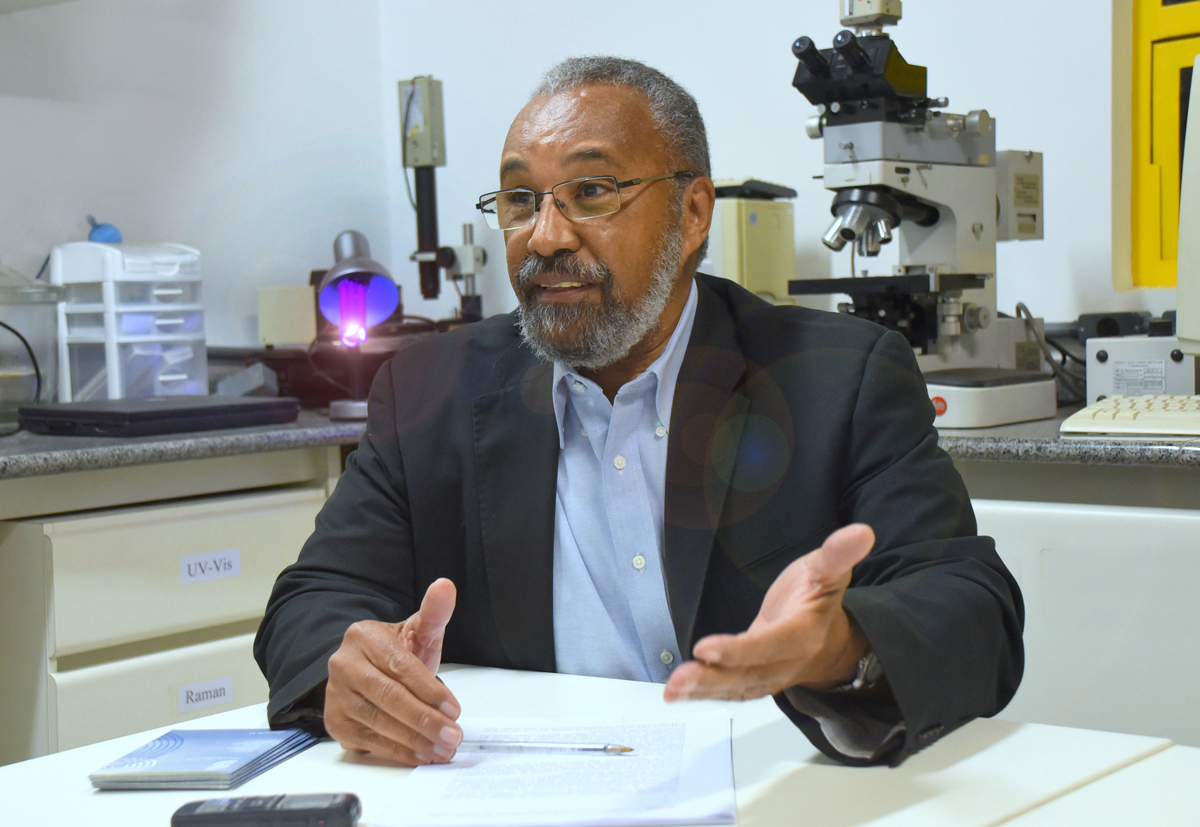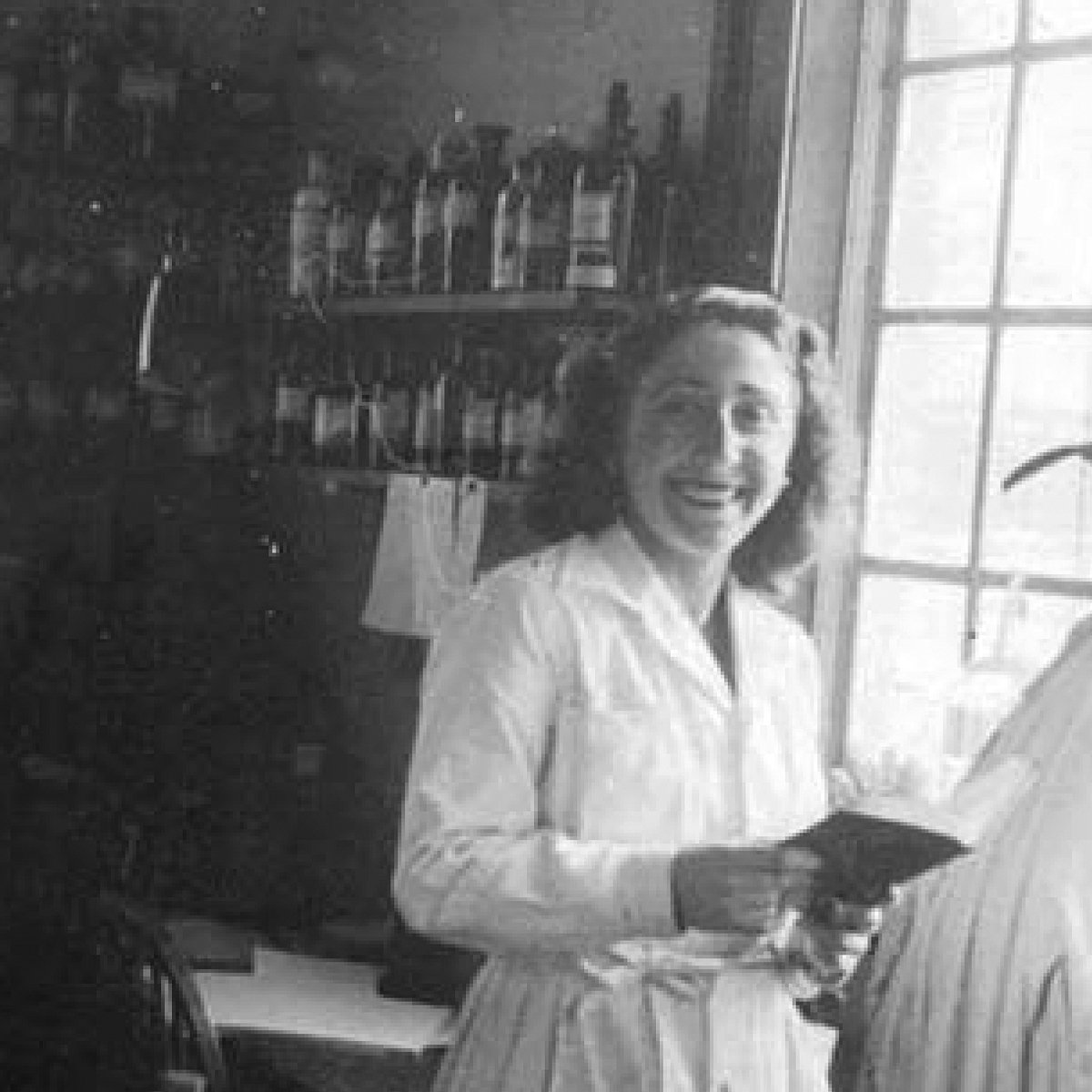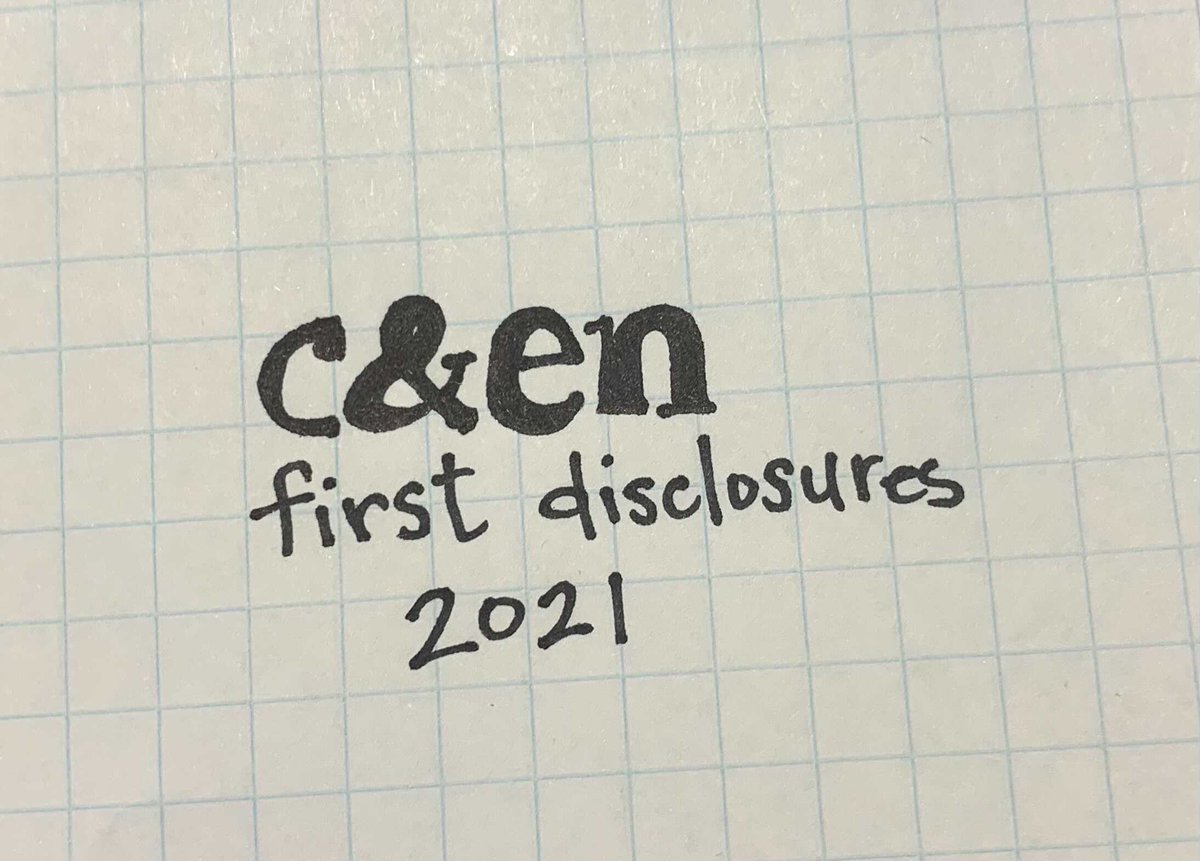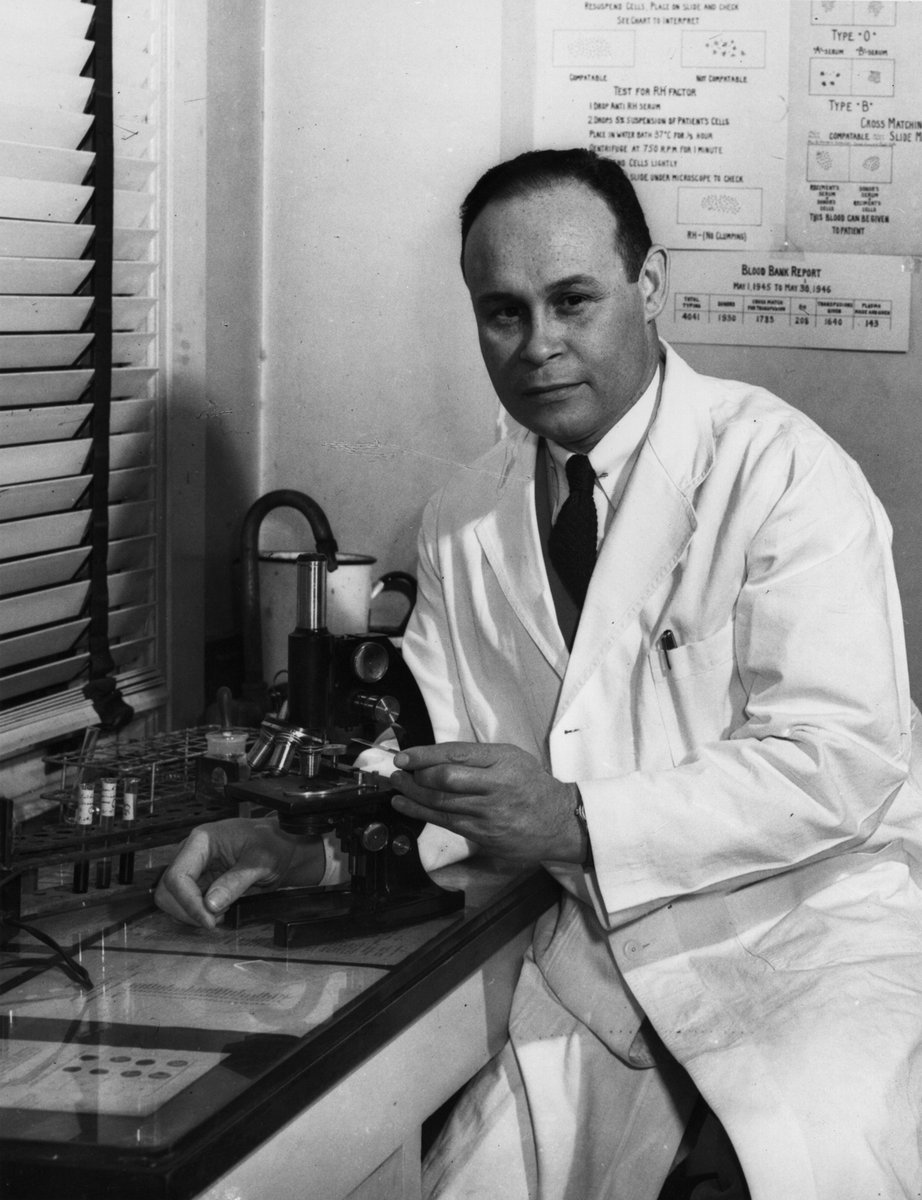
In honor of #HispanicHeritageMonth, we wanted to highlight 10 Hispanic and Latino scientists from history who have shaped chemistry as we know it today: bit.ly/2XkzfOj
#LatinXChem #LatinXinSTEM
#LatinXChem #LatinXinSTEM
Oswaldo Luiz Alves was among the first Brazilian scientists to develop, research, and teach nanotechnology. He also founded the Solid State Chemistry Laboratory at @unicampoficial. Learn more about him at bit.ly/3hE6289
#LatinXChem #LatinXinSTEM #HispanicHeritageMonth
#LatinXChem #LatinXinSTEM #HispanicHeritageMonth

Sara Borrell Ruiz was one of the first experts on sex hormones in Spain. She worked with the team that was developing the first oral contraceptive. Read more about Borrell at bit.ly/3lxSigx
#LatinXinSTEM #WomenInSTEM #HispanicHeritageMonth
#LatinXinSTEM #WomenInSTEM #HispanicHeritageMonth

Andrés Manuel Del Río discovered the only element to be unearthed in Mexico, in 1801. But it took 30 years before he was credited for finding vanadium. Learn more about Del Río at bit.ly/3nCr2zZ
#LatinXChem #HispanicHeritageMonth
#LatinXChem #HispanicHeritageMonth

Rebeca Gerschman was the first scientist to propose that free radicals can cause oxygen toxicity and cell death. She also developed the Gerschman-Marenzi method, to study potassium in the blood. Learn more about her at bit.ly/3tLoOzf #LatinXinSTEM
#WomenInSTEM
#WomenInSTEM
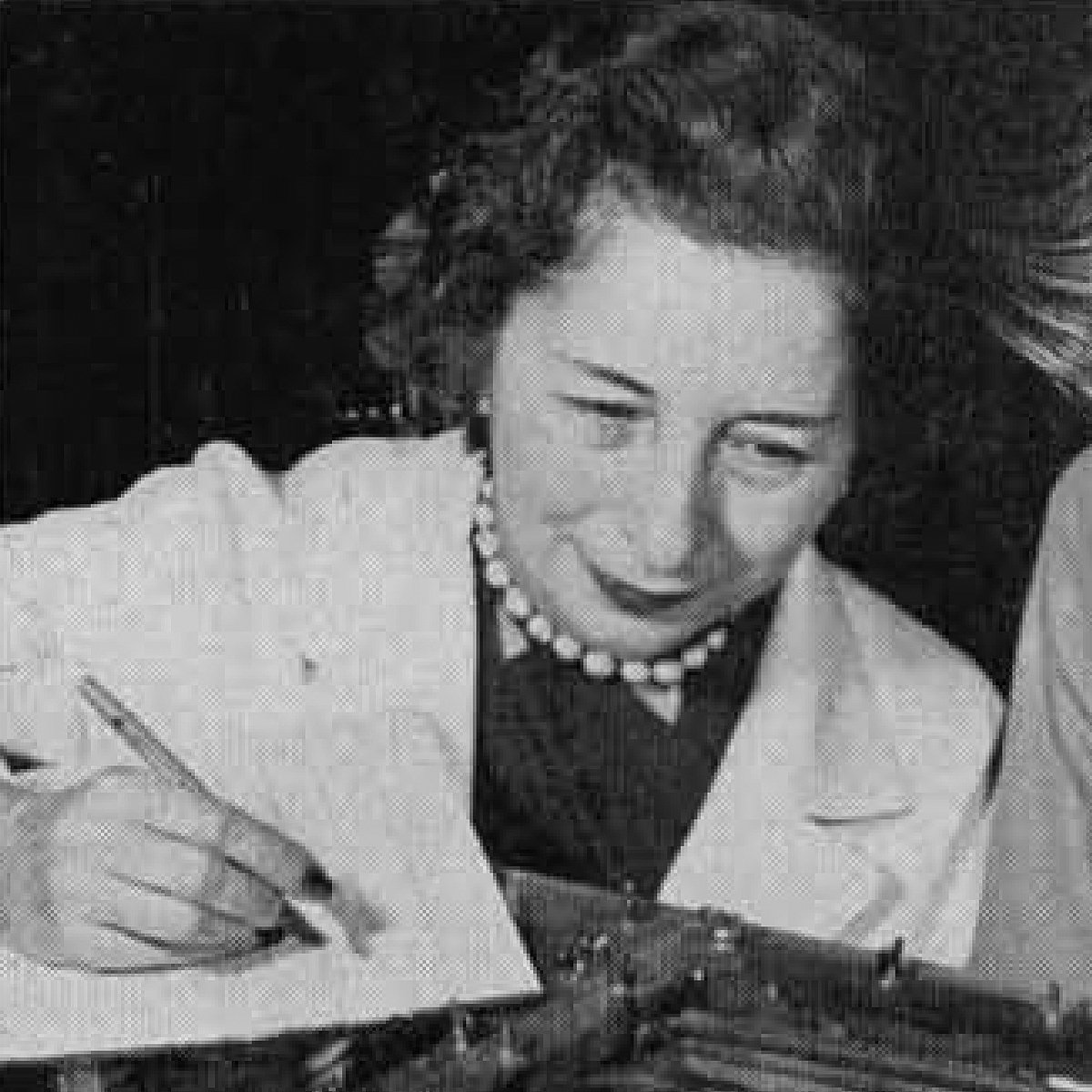
Luis F. Leloir made foundational discoveries about glucose metabolism and was the first Latin American to win the Nobel Prize in Chemistry. Learn more about Leloir at bit.ly/3hBeGo3
#LatinXChem #HispanicHeritageMonth
#LatinXChem #HispanicHeritageMonth
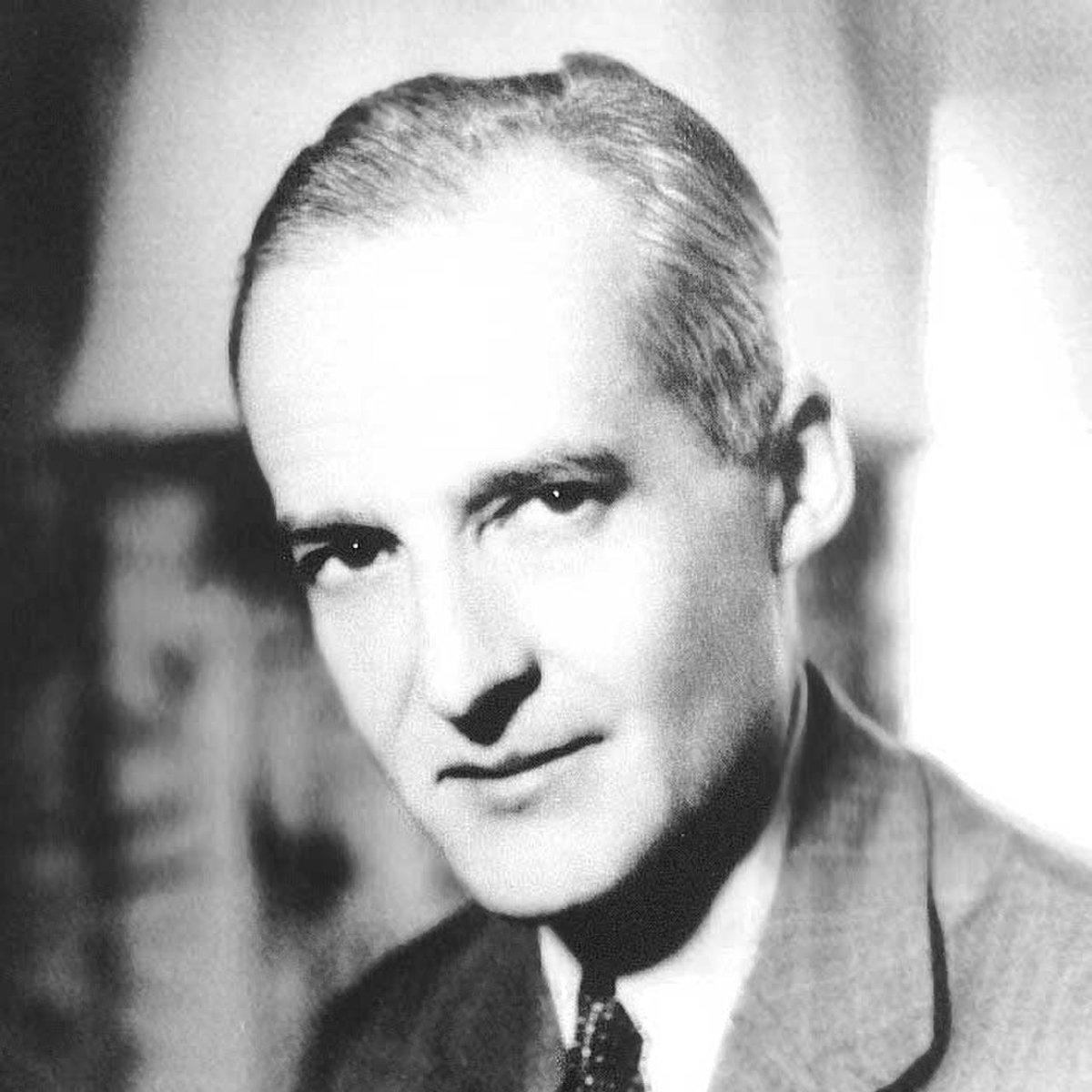
César Milstein was an Argentine Nobel laureate who studied enzymology and immunology and is best remembered for his research in antibody production. Learn more about Milstein at bit.ly/3lqtKG9
#LatinXChem #LatinXinSTEM #HispanicHeritageMonth
#LatinXChem #LatinXinSTEM #HispanicHeritageMonth

Luis Miramontes co-invented norethindrone, which would become the active compound base of the first synthetic oral contraceptive pill. Read more about Miramontes at bit.ly/2Xm1bSl
#LatinXChem #LatinXinSTEM #HispanicHeritageMonth
#LatinXChem #LatinXinSTEM #HispanicHeritageMonth

Mario Molina played with a chemistry set growing up. As an adult, he shared the 1995 Nobel Prize in Chemistry for work on understanding the formation and decomposition of ozone in the stratosphere. Learn more about Molina at bit.ly/3nD9uUc
#LatinXinSTEM
#LatinXinSTEM

Sarah Stewart was among the first to demonstrate a link between viruses and cancer and her work as key for the development of vaccines against human papillomavirus. Read more about Stewart at bit.ly/3hE5oHT
#LatinXinSTEM #WomenInSTEM #HispanicHeritageMonth
#LatinXinSTEM #WomenInSTEM #HispanicHeritageMonth

Evangelina Villegas contributed to cereal and nutritional science, and developed a high protein variety of corn, an important crop in her home country of Mexico. This grain helped prevent malnourishment, especially in children. Learn about Villegas at bit.ly/3Elu0i6 
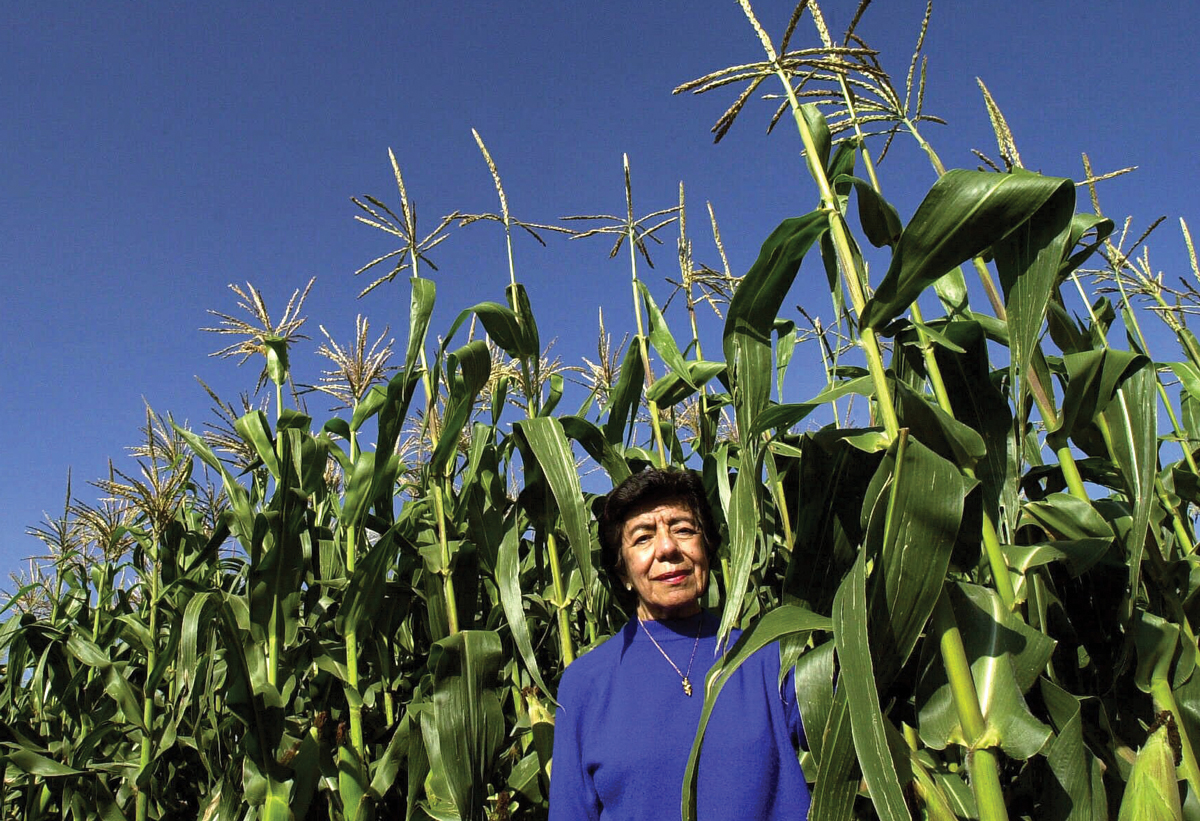
A BIG thank you to all the writers (@shantalwriter , Manny Morone, @science_ari , Rachel Petkewich, @CHogue , and @Sciencebey) and translators (@gomobel and @jjsaenzde #CENenespanol) who made these stories possible! #HispanicHeritageMonth #MesDeLaHerenciaHispana
• • •
Missing some Tweet in this thread? You can try to
force a refresh


